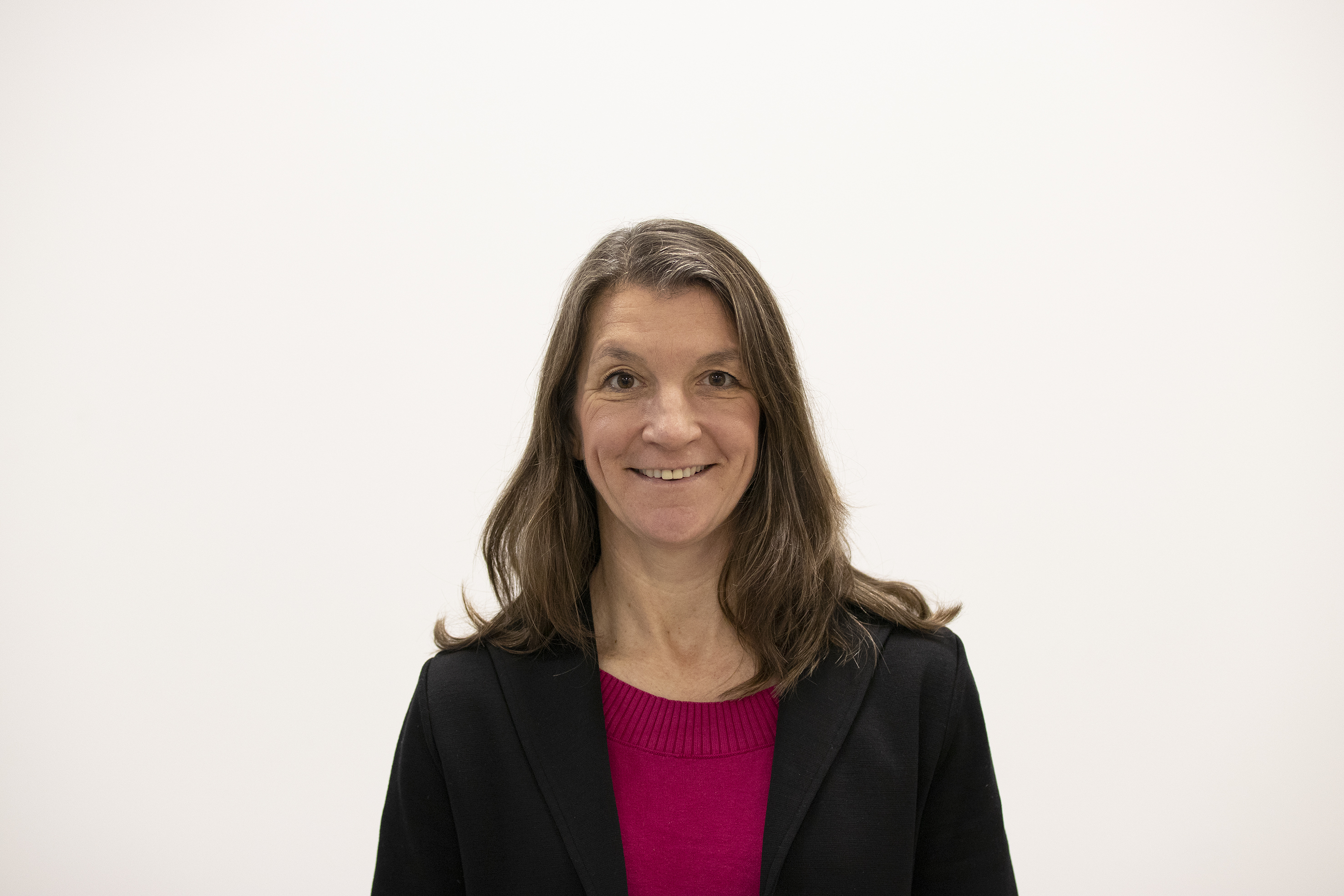New NORCE-led petroleum centre on subsurface research
The Research Council of Norway allocates NOK 80 million to the NORCE-led petroleum centre. Over the next eight years, the researchers will develop new knowledge on how the subsurface can be used in the green shift.
NORCE has today been awarded the Research Centre for Petroleum (Petro Centre) Centre for Sustainable Subsurface Resources (CSSR), with UiB as its main partner.
- I would like to congratulate the research communities in NORCE and all our partners on being granted the Research Centre for Petroleum, says Kristin Wallevik, CEO of NORCE.
Minister of Petroleum and Energy, Marte Mjøs Persen, also congratulates the research communities in NORCE on the centre award:
- I would like to congratulate the communities in both Bergen and Stavanger on this important achievement. Research and technology development is central to ensure value creation, developing the industry in a sustainable direction, and making sure that expertise from the petroleum industry can be used in new industries. It will be exciting to follow the results from both centers in the years to come, says Persen.
Builds on decades of expertise
NORCE will build on several decades of petroleum expertise, to meet tomorrow's challenges - when the petroleum reservoir will be powered by renewable energy. The purpose of the research centre is to develop the basic understanding and improved digital methods for reservoir operation. The knowledge will contribute to efficient management and research-based decisions when the petroleum reservoir in the future will be powered by renewable energy.
– With this award, NORCE will contribute to the development of new knowledge on how the reservoirs can be used in the green shift, to secure the energy solutions of the future. Norway is a world leader in areas such as reservoir technology, simulation, and digitization. We will use this expertise in the conversion of the Norwegian continental shelf towards the green shift, says Wallevik.
Norway is a world leader in areas such as reservoir technology, simulation and digitization. We will now use this expertise in the conversion of the Norwegian shelf towards the green shift.

Source:
Foto: Thor Brødreskift
CEO Kristin Wallevik, NORCE
Tomorrow's reservoir
The green transition on the Norwegian shelf is full of challenges and opportunities. Tomorrow's reservoirs will be driven by electrical energy. Reservoir operations will change in fundamental ways as we move from a stable operation with gas turbines to a dynamic operation with renewable energy. The reservoir can also become part of the energy mix. Surplus energy can be stored underground in the form of hydrogen to balance large variations in energy production typical of renewable energy.
- We know a lot about the underground, but not in the context of the future. We have research topics few have begun thinking about, but which are important in the transition to green and renewable energy. Long-term thinking is needed! In this centre, we have the opportunity for broad and creative testing of the subsurface in a safe environment, before the methods will be used in the industry, says Sarah Gasda, head of the petroleum centre and research leader at NORCE.

Sarah Gasda
Sarah Gasda is research leader at NORCE, will lead the new Centre for Sustainable Subsurface Resources (CSSR).
Electrification on the Norwegian shelf with renewable energy together with growth in hydrogen and carbon storage are key parts of the industry's strategy for the green transition. Offshore emissions account for more than 25 percent of Norway's greenhouse gas emissions.
– This is an exciting opportunity to build a national knowledge hub around first-class expertise from decades of experience in petroleum technology and reservoir management. The industry is facing critical decisions within an increasingly complex and dynamic setting of the green energy system. We have to restructure our thinking and reservoir workflow today to meet tomorrow's zero-emission ambitions, Gasda says.
Electrification of petroleum platforms is necessary to drastically cut emissions by 2030 and net-zero by 2050. Estimated demand for hydrogen and carbon storage is further linked to ambitious regional decarbonization through the EU's Green Deal.
The energy mix of the future
– This is fantastic news, all credit, and congratulations to Sarah Gasda and her team's work getting this centre. In order to get this type of centre under the auspices of the Research Council of Norway it is required to refer both to high international quality in research and contribute to solving crucial societal challenges. To successfully accomplish this is a big achievement, says Aina Berg, Executive Vice President NORCE Energi.
The Petroleum Research Center (Petro center) is a long-term and targeted research effort at a high international level. The goal is to solve defined and limited challenges for the utilization of petroleum resources on the Norwegian shelf.